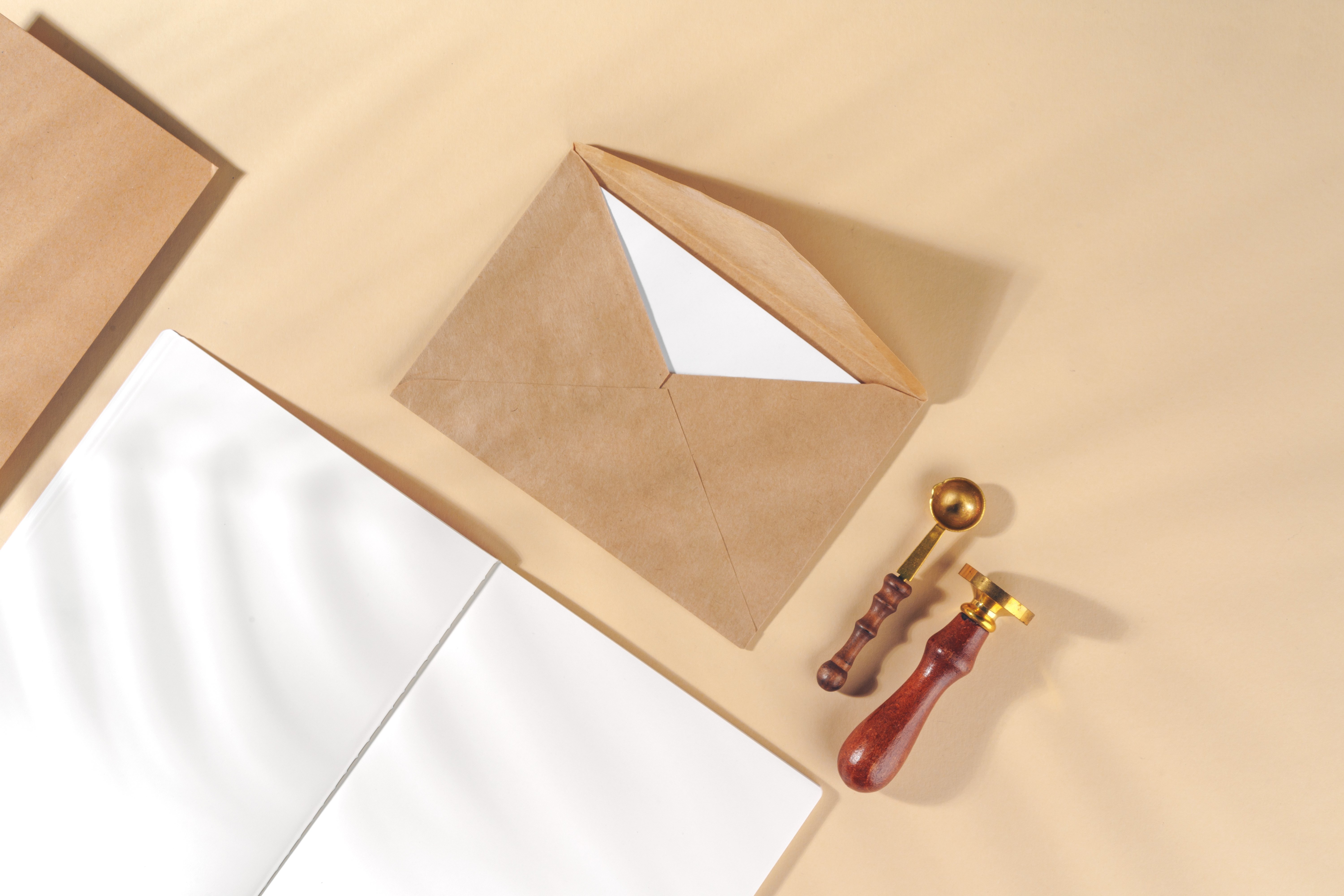How to Buy a Business Using the SBA 7(a) Loan Program (With Example)
If you are interested in buying a business and have looked into financing options, you may have noticed that most traditional banks hesitate to give you a loan to purchase a business.
Just like you are taking a risk on buying a business, banks are taking a risk if they give you a loan without a solid guarantee. The SBA 7(a) loan program provides a solution to this problem - for a fairly reasonable fee.
At MidStreet Mergers & Acquisitions we regularly sell businesses to individual buyers who use SBA financing. In order to make sure the deal goes smoothly, we frequently work directly with SBA lenders.
Our goal is to help you as a prospective buyer (whether you purchase a business through us or a different firm), learn how you can receive financing. This article will cover what the SBA 7(a) loan program is, the most important rules, and provide an example acquisition scenario.
Let’s begin.
What Is The Purpose of The SBA 7(a) Loan Program?
The SBA 7(a) program is a government-guaranteed loan program designed by the Small Business Administration (SBA) to help businesses get financing for a variety of uses. Simply put, the 7(a) loan program is a way for the government to encourage banks to lend money to small business owners by offering to reimburse the bank if you default on your loan.
The program can be used for a variety of small business needs including startups, expansion capital, new equipment, and more. For the sake of this article, we’ll discuss using a 7(a) loan to purchase an existing business.
But, there are no free lunches. The SBA and its programs are funded through fees charged to anyone who gets an SBA loan. The primary fee that funds the 7(a) program is called the guaranty fee and you can figure out how to estimate a guaranty fee here. There are other fees and closing costs associated with 7(a) loans but this is the primary difference compared to a conventional loan.
This might worry you - for a large acquisition, guaranty fees can be over $100,000. But, they are baked into the loan as a part of the project cost. We know these fees shock buyers when they first hear about them. The reality of the guaranty fee is that without them, the guaranty could not exist and banks would be unable to make these kinds of loans.
The government typically guarantees up to 75% of the 7(a) loan amount when the loan is over $150,000. This means in the worst-case scenario your lender only has “exposure” for 25% of the loan value.
There are a couple of other rules to note if you’re considering using a 7(a) loan to acquire a business:
The business must be able to sufficiently support the loan payments, including some breathing room for your salary. This means it needs a debt service coverage ratio of at least 1.25. You can calculate the debt service coverage ratio by taking the Seller’s Discretionary Earnings (SDE) minus your salary and then dividing by the annual loan payments.
Previous owners cannot continue to own any portion of the business or be an employee after the sale. You won’t be left without training, though. You and the seller will negotiate a set amount of training that is included in the purchase price.
You will need to bring a certain down payment. A good rule of thumb is you will need roughly 15% of the total project cost. The project cost is the sum of all monies trading hands, including SBA fees.
In addition to these rules, the SBA has requirements that each business must meet in order to be eligible for a loan. These specific requirements can be found on the SBA website.
Example 7(a) Loans Scenarios For Business Acquisition
If you’re like us, an example would make this much easier to understand. We put together an example of using an SBA loan to acquire a business. Keep in mind this is only an example and you should work with an SBA loan broker or lender to determine what could work for you.
We do our best to provide accurate information but these numbers will vary from actual calculations a lender will do. We based these numbers on actual transactions we’ve completed using 7(a) loans.
A Landscaping Company Example
You’ve always wanted to own your own business and enjoy being outside, so landscaping is a great fit. You look on BizBuySell and find a landscaping company is for sale in your area with a great reputation, nice equipment, and a strong team of employees. You think this might be the one, but how would you pay for it?
Here’s where the SBA 7(a) program comes in. This is what a loan scenario might look like for an acquisition of this size:
Assume this landscaping company has done around $2,000,000 in revenue for the last 3 years. Each year the business produces around $500,000 in seller’s discretionary earnings. This means when you take the net income on the tax return and add back depreciation, interest, amortization, the seller’s salary, and any other benefit they take from the business, you get $500,000.
The listing for the business says the asking price is $1,800,000 and includes the equipment valued at $350,000 and training from the seller.
You decide to offer $1,750,000 and the seller accepts.
Now, you start working with a company to help you get an SBA loan. They interface directly with SBA lenders and help you fill out the paperwork properly.
They send the business’s information to lenders and you get this scenario back:
- Purchase Price of $1,750,000
- Working capital loan of $100,000
- Estimated SBA fees and closing costs of $66,500
- Down payment of $287,500
- Loan request of $1,629,000
- Loan term of 120 months and a 6% interest rate
- Monthly payments of $18,085
So how does this scenario look? First, it’s important to understand that your SBA fees and working capital are included in the loan. This means you won’t have to pay the $66,500 out of pocket and will receive $100,000 to use operating the business (paying vendors, employees, rent, etc).
You will have to provide the $287,500 down payment out of pocket, but there are ways you can raise money from others or have minority investors bring capital to help with this. For more information, read our blog on down payments.
In this scenario, your monthly loan payments are $18,085. Sounds pretty scary, right? But keep in mind the business has historically made $500,000 in SDE. This means if you take a salary of $100,000 to cover all your family expenses, you are left with $400,000 to make loan payments.
The total annual loan payments are $217,020, meaning you have a debt service coverage ratio of 1.84 and $182,980 available after loan payments to invest into the business, save for unexpected emergencies, or take as a distribution.
While this is just an example, we do these size deals as our specialty and they are a perfect fit for the SBA 7(a) program.
Use an SBA Loan to Purchase a Business
With the knowledge of what an SBA 7(a) loan is, the eligibility requirements, and the payment terms, you can decide if an SBA loan is right for you.
If you are an individual buyer, it can help you receive funding that is otherwise very difficult to come by without the SBA. If you are a financial buyer (a private equity group or a strategic buyer), or you need a loan for more than $5 million, an SBA loan may not be the right fit for you.
To find out more about how you can prepare to buy a business, read our article “How Long Does it Take to Buy a Business?” It will help you learn what to account for when planning to buy and give you an idea of when you should start searching for one, depending on your goals.
If you are thinking about buying a business and want to speak to someone about the process, contact us today. If you are ready to get started searching for a business to buy now, check out our available business listings.




